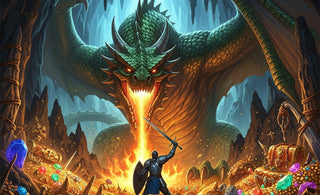
From the ancient myths of Mesopotamia to modern fantasy literature, dragons have consistently been portrayed as beings whose very existence is intertwined with the accumulation and protection of precious objects. This enduring association speaks to something fundamental in human psychology: our understanding that great power requires great sacrifice to obtain, and that the most valuable treasures are always the most heavily guarded.
The Ancient Origins of Dragon Treasure Mythology
The connection between dragons and treasure hoards can be traced back to some of humanity's earliest recorded stories. In ancient Mesopotamian mythology, the dragon Tiamat was associated with the primordial waters and the chaos from which all wealth and civilization emerged. This early connection between dragons and the source of all valuable things established a pattern that would echo through countless cultures and stories.
Mesopotamian Foundations:
The Epic of Gilgamesh and other ancient texts describe serpentine creatures guarding the secrets of immortality and divine knowledge—perhaps the ultimate treasures. These early stories established dragons not just as hoarders of gold, but as guardians of transcendent value.
Norse Mythology:
The story of Fafnir, who transformed into a dragon to better guard his cursed gold, illustrates the corrupting power of treasure obsession. This tale suggests that the relationship between dragons and treasure is so fundamental that it can transform beings into dragons themselves.
Celtic Traditions:
Celtic mythology features dragons guarding sacred wells, magical cauldrons, and otherworldly treasures. These stories often portray dragon hoards as containing items of spiritual or magical significance rather than mere material wealth.
Eastern Dragons:
In Chinese, Japanese, and other Asian traditions, dragons are often benevolent beings associated with prosperity, wisdom, and the treasures of nature itself—pearls from the depths, jade from the mountains, and the life-giving treasure of water.

The Psychology of Dragon Hoarding
The mythological portrayal of dragons as compulsive hoarders reflects deep human anxieties and desires surrounding wealth accumulation. Dragons represent the extreme endpoint of acquisitive behavior—beings so consumed with gathering treasure that it becomes their defining characteristic and primary purpose.
Territorial Instincts:
Dragons' fierce protection of their hoards mirrors human territorial behavior around possessions and wealth. The dragon's lair represents the ultimate private space, where treasures can be arranged, counted, and contemplated without interference from the outside world.
The Pleasure of Accumulation:
Many dragon myths describe the creatures deriving physical pleasure from contact with their treasures—sleeping on beds of gold, bathing in pools of precious gems. This sensual relationship with wealth speaks to the human understanding that material possessions can provide comfort and security.
Isolation and Paranoia:
The solitary nature of most dragon treasure guardians reflects the isolating effects of extreme wealth accumulation. Dragons in mythology are often depicted as friendless, unable to trust others, and consumed by fear of theft—a cautionary tale about the psychological costs of obsessive materialism.
Types of Treasures in Dragon Hoards
Dragon hoards, as described in mythology and literature, contain far more than simple gold coins. These legendary collections represent the pinnacle of material and magical wealth, carefully curated over centuries or millennia.
Precious Metals:
Gold remains the quintessential dragon treasure, valued for its beauty, rarity, and incorruptible nature. Silver, platinum, and other precious metals often supplement golden hoards, creating dazzling displays of metallic wealth. The dragon's preference for precious metals reflects their eternal nature—these materials don't rust, decay, or lose their luster over time.
Gemstones and Crystals:
Dragons are consistently portrayed as connoisseurs of precious stones, with different dragons showing preferences for specific gems. Rubies symbolize the dragon's fiery nature, while sapphires represent wisdom and divine connection. Emeralds connect to the dragon's often mystical nature, and diamonds showcase the ultimate in precious stone perfection.
Magical Artifacts:
Beyond mere precious materials, dragon hoards typically contain items of mystical significance—enchanted weapons, magical rings, spell books, and artifacts of divine origin. These items represent power that transcends monetary value, offering abilities and knowledge that cannot be purchased.
Historical Treasures:
Many dragon hoards are said to contain artifacts from lost civilizations—crown jewels of fallen kingdoms, religious relics, and artworks from master craftsmen. These historical treasures add layers of cultural and temporal significance to the hoard's value.
Unique and Irreplaceable Items:
The most legendary dragon hoards contain one-of-a-kind objects—the last remaining example of something precious, items crafted by gods or legendary artisans, or objects with unique properties that make them literally irreplaceable.

The Architecture of Dragon Lairs
The physical spaces where dragons keep their treasures are as important as the treasures themselves. These lairs represent the ultimate treasure vault, designed to both showcase and protect vast accumulations of wealth.
Cave Systems:
Traditional dragon lairs are often described as vast cave complexes, with natural rock formations providing both security and dramatic settings for treasure display. The contrast between rough stone walls and gleaming treasure creates a powerful visual impact that emphasizes the dragon's dominion over both natural and crafted beauty.
Underground Palaces:
Some dragon lairs are described as elaborate underground palaces, with chambers carved from living rock and furnished with the finest treasures from the hoard. These spaces represent the dragon's sophisticated aesthetic sense and their ability to appreciate fine craftsmanship.
Volcanic Domains:
Fire-breathing dragons often make their homes in volcanic regions, where the earth's natural heat provides both comfort and security. These lairs may feature pools of lava, crystalline formations, and thermal vents that create dramatic backdrops for treasure display.
Underwater Realms:
Water-dwelling dragons create treasure chambers in underwater caves, sunken ships, or purpose-built structures beneath lakes and seas. These aquatic hoards often emphasize pearls, coral, and water-resistant treasures while creating unique preservation environments.
Famous Dragon Hoards in Literature and Mythology
Throughout literature and mythology, certain dragon hoards have become legendary for their size, contents, or the stories surrounding their accumulation and eventual fate.
Smaug's Treasure (The Hobbit):
Perhaps the most famous dragon hoard in modern literature, Smaug's treasure beneath the Lonely Mountain represents the ultimate fantasy treasure collection. Tolkien's detailed descriptions of gold covering the dragon like a golden blanket, mixed with precious gems and artifacts, created the archetypal image of a dragon hoard that continues to influence fantasy literature today.
Fafnir's Cursed Gold (Norse Mythology):
The story of Fafnir's transformation into a dragon to guard cursed gold illustrates the corrupting power of treasure obsession. This hoard, originally belonging to the dwarf Andvari, demonstrates how treasure can become a curse that destroys both its guardian and those who seek it.
The Dragon of Wantley (English Folklore):
This English folktale describes a dragon whose hoard grows through systematic theft from local communities, highlighting the destructive relationship between dragon treasure accumulation and human society.
Asian Dragon Treasures:
Eastern dragons are often portrayed as guardians of natural treasures—pearls of wisdom, jade carvings, and precious stones that represent spiritual rather than material wealth. These hoards emphasize the dragon's role as a protector of valuable knowledge and natural resources.

The Economics of Dragon Treasure
From an economic perspective, dragon hoards represent fascinating studies in wealth accumulation, market manipulation, and resource control that reflect real-world economic principles.
Market Impact:
A dragon's systematic removal of precious metals and gems from circulation would have significant economic impacts on surrounding regions. The concentration of wealth in dragon hoards effectively creates artificial scarcity, driving up the value of remaining precious materials in the general economy.
Wealth Concentration:
Dragon hoards represent the ultimate example of wealth inequality—vast riches controlled by a single entity while surrounding communities may struggle with poverty. This concentration of resources raises questions about the social responsibility of extreme wealth holders.
Investment Strategy:
Dragons' preference for precious metals and gems represents a conservative investment strategy focused on materials with intrinsic value and historical stability. The inclusion of magical artifacts suggests diversification into unique assets with potential for appreciation beyond traditional markets.
Inheritance and Succession:
The question of what happens to dragon hoards after their guardians' deaths raises interesting issues about wealth transfer, inheritance taxes, and the social distribution of concentrated wealth.
Symbolism and Metaphor in Dragon Treasure
The enduring appeal of dragon treasure stories lies partly in their rich symbolic content, which allows these tales to address complex themes about human nature, society, and values.
The Cost of Greed:
Dragon treasure stories often serve as cautionary tales about the destructive effects of excessive greed. The dragon's isolation, paranoia, and ultimate fate illustrate the personal costs of prioritizing wealth accumulation over relationships and community.
The Hero's Journey:
In many stories, confronting a dragon and claiming its treasure represents the ultimate test of heroism. The treasure serves as both motivation and reward for the hero's journey, but also as a test of character—will the hero be corrupted by the wealth they've won?
Civilization vs. Nature:
Dragons represent the wild, untamed forces of nature, while their treasure hoards often contain the finest products of human civilization. The conflict between dragon and treasure-seeker represents the tension between natural power and civilized achievement.
The Price of Knowledge:
When dragon hoards contain books, scrolls, or magical artifacts, they represent the idea that true knowledge and power come at great cost and risk. The dragon serves as a guardian of dangerous or valuable information that must be earned through courage and sacrifice.
Modern Interpretations and Evolution
Contemporary fantasy literature and media have continued to evolve the concept of dragon treasures, reflecting modern concerns and values while maintaining the mythological resonance of these ancient stories.
Environmental Themes:
Modern dragon stories sometimes portray dragons as guardians of natural treasures—protecting forests, water sources, or endangered species rather than gold and gems. This evolution reflects contemporary environmental consciousness and the idea that natural resources are our most valuable treasures.
Technological Treasures:
Science fiction and modern fantasy sometimes reimagine dragon hoards to include technological artifacts, data, or intellectual property. These modern treasures reflect the evolution of what society considers valuable and worth protecting.
Emotional and Spiritual Wealth:
Some contemporary interpretations focus on dragons as guardians of emotional or spiritual treasures—memories, dreams, or experiences rather than material objects. These stories explore the idea that the most valuable treasures are intangible.
Collaborative Guardianship:
Modern stories sometimes depict dragons working with humans or other beings to protect shared treasures, reflecting contemporary values around cooperation and shared responsibility for valuable resources.

The Psychological Appeal of Dragon Treasure Fantasy
The enduring popularity of dragon treasure stories speaks to deep psychological needs and desires that transcend cultural boundaries and historical periods.
Escapist Fantasy:
Dragon treasure stories provide escape from financial worries and economic constraints by imagining scenarios where vast wealth is available to those brave enough to claim it. These fantasies offer temporary relief from real-world economic pressures.
Adventure and Risk:
The dangerous nature of claiming dragon treasure appeals to human desires for excitement and meaningful challenge. The high stakes involved make the potential rewards feel more significant and deserved.
Justice and Reward:
Many dragon treasure stories follow patterns where virtuous heroes are rewarded with wealth while evil characters are punished. This appeals to human desires for justice and the belief that good behavior should be rewarded.
Transformation Through Adversity:
The process of confronting a dragon and claiming its treasure often involves personal transformation for the hero. These stories appeal to desires for self-improvement and the belief that facing challenges can lead to positive change.
Cultural Variations in Dragon Treasure Concepts
Different cultures have developed unique approaches to dragon treasure mythology, reflecting diverse values, economic systems, and spiritual beliefs.
Western Individualism:
European and American dragon stories often emphasize individual heroes confronting dragons to claim personal wealth, reflecting cultural values around individual achievement and private property rights.
Eastern Collectivism:
Asian dragon stories frequently portray dragons as community protectors whose "treasures" benefit entire populations rather than individuals, reflecting cultural values around collective welfare and social harmony.
Indigenous Perspectives:
Native American and other indigenous dragon-like creature stories often emphasize harmony with nature and the idea that true treasures are spiritual or ecological rather than material.
African Traditions:
African serpent and dragon stories often connect treasure to ancestral wisdom, community knowledge, and spiritual power rather than material wealth.
The Future of Dragon Treasure Mythology
As human society continues to evolve, so too will our understanding and portrayal of dragon treasures, adapting ancient themes to address contemporary concerns and values.
Digital Age Dragons:
Future dragon stories may portray these creatures as guardians of digital treasures—protecting cryptocurrency, data, or virtual assets that represent wealth and power in increasingly digital economies.
Environmental Guardians:
Climate change and environmental degradation may inspire more stories of dragons as protectors of natural treasures, fighting to preserve ecosystems and natural resources for future generations.
Collaborative Treasures:
Future interpretations may emphasize shared treasures and cooperative relationships between dragons and humans, reflecting growing awareness of interdependence and shared responsibility.
Conclusion: The Eternal Allure of Dragon Treasures
The mythology of dragons and their treasures continues to captivate human imagination because it addresses fundamental questions about wealth, power, risk, and reward that remain relevant across cultures and centuries. These stories provide a framework for exploring complex relationships between individual desires and social responsibilities, between risk and reward, and between material and spiritual values.
Whether portrayed as cautionary tales about the dangers of greed or as inspiring stories of heroic achievement, dragon treasure myths offer insights into human nature and societal values that transcend their fantastical origins. They remind us that the most valuable treasures often come with the highest costs, and that the pursuit of wealth without wisdom or virtue can lead to isolation and corruption.
As we continue to grapple with questions of wealth inequality, environmental protection, and social responsibility, the ancient wisdom embedded in dragon treasure stories remains surprisingly relevant. These tales encourage us to consider not just what treasures we seek, but why we seek them, how we obtain them, and what we're willing to sacrifice in the process. In the end, the greatest treasure may be the wisdom to understand the true value of what we possess and the courage to use it wisely.
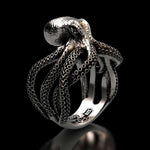 Rings
Rings
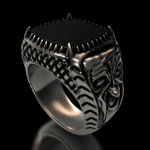 Gemstone Rings
Gemstone Rings
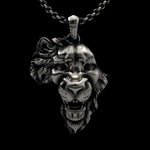 Pendants
Pendants
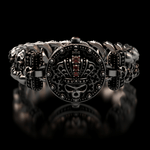 Bracelets
Bracelets
 Keycaps
Keycaps
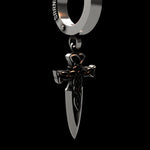 Earrings
Earrings
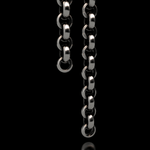 Chains
Chains
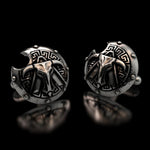 Cufflinks
Cufflinks
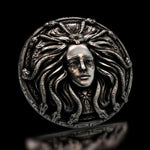 Lapel Pins
Lapel Pins
 Accessories
Accessories
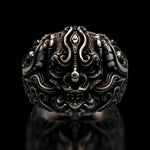 Men’s
Men’s
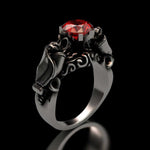 Women’s
Women’s
 Military
Military
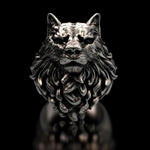 Animal
Animal
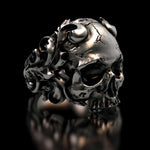 Skull & Biker
Skull & Biker
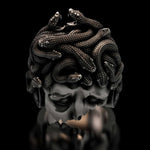 Mythology
Mythology
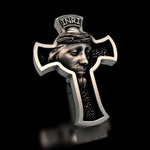 Religious
Religious
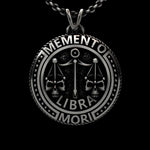 Zodiac
Zodiac
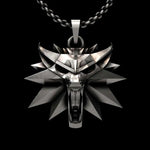 Movie & Game
Movie & Game
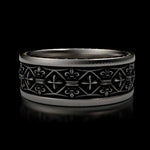 Wedding Band
Wedding Band
